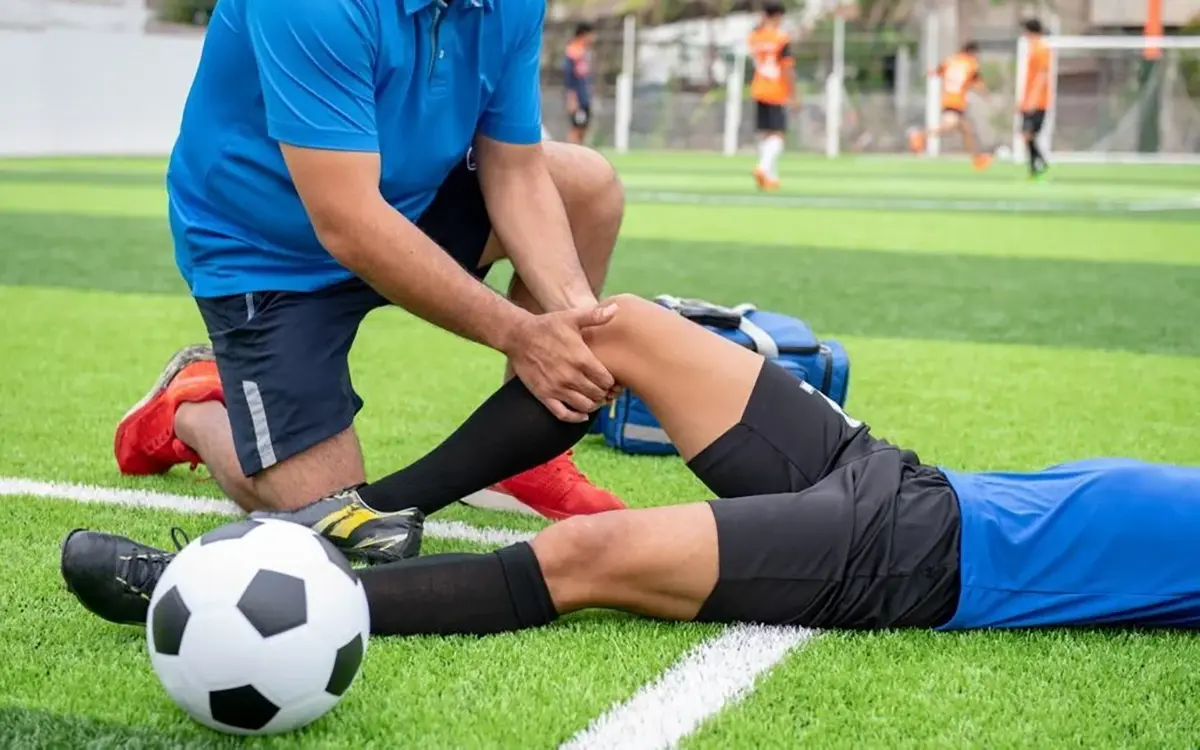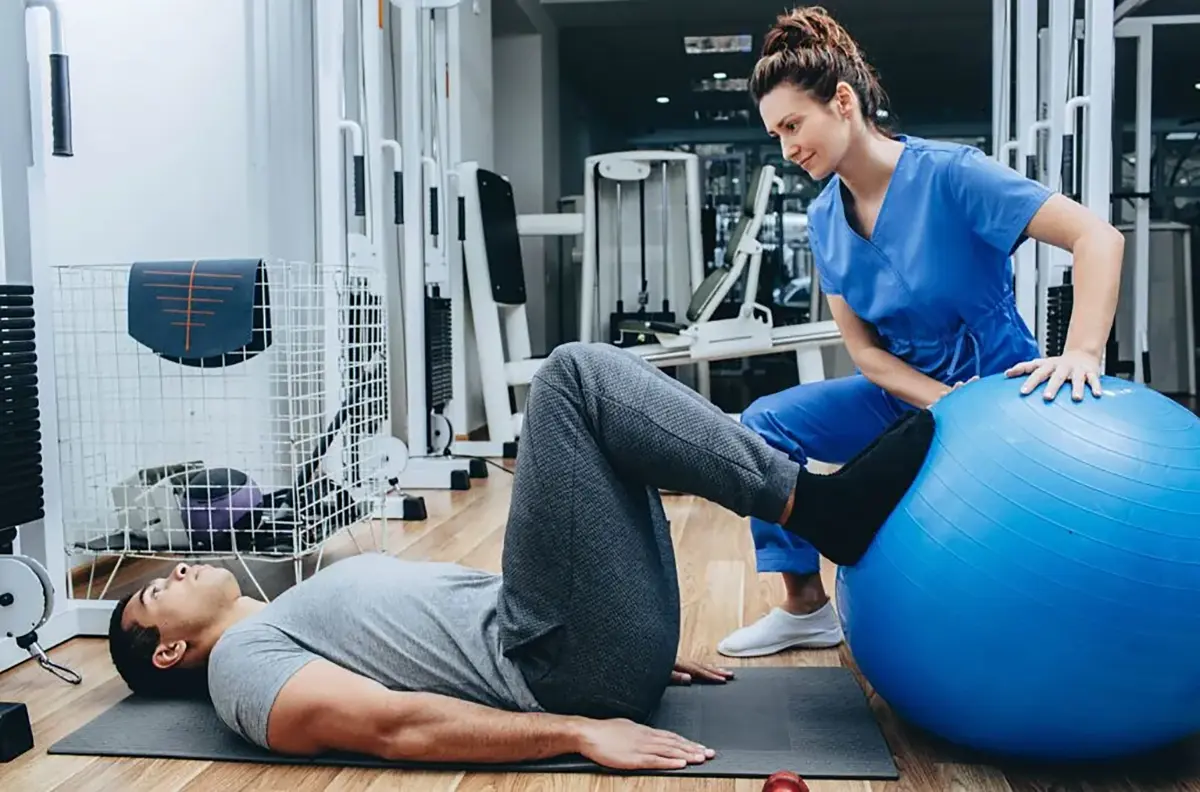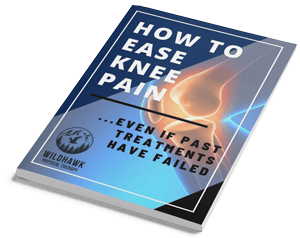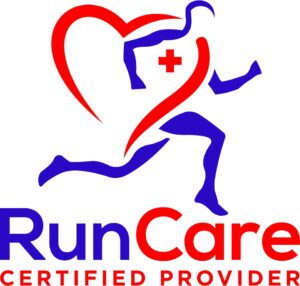
In the world of competitive sports, maintaining peak physical health is essential. However, athletes frequently encounter injuries, muscle strain, and other physical challenges that can hinder their progress. Sports physical therapy plays a vital role in helping athletes not only recover but also prevent future injuries and achieve optimal performance. This blog dives deep into the benefits of sports physical therapy for athletes, the types of injuries it addresses, and how it helps them maintain an edge in their respective fields.
What is Sports Physical Therapy?
Sports physical therapy, also known as sports injury physical therapy, is a specialized area within physical therapy that caters to the unique needs of athletes. It focuses on the treatment, prevention, and enhancement of physical abilities related to sports performance. Unlike traditional physical therapy, sports physical therapy goes beyond basic rehabilitation. It emphasizes sports-specific training, mobility improvement, and performance enhancement, ensuring athletes achieve their fitness goals safely and effectively.
Many people wonder, what is the difference between sports medicine and physical therapy? While sports medicine and physical therapy often overlap, they serve distinct purposes. Sports medicine generally focuses on diagnosing and managing medical conditions related to sports, while sports physical therapy centers on the rehab, recovery, and physical enhancement aspects of treatment. Certified sports physical therapists—often with board certification and training from a residency program—specialize in helping athletes reach their peak by providing hands-on care and creating individualized recovery programs. Their expertise in anatomy, biomechanics, and exercise science makes them movement experts, skilled at guiding athletes in the safe recovery and enhancement of their athletic abilities.
Benefits of Sports Physical Therapy
Sports physical therapy offers a range of specialized benefits designed to meet the needs of athletes at all levels. Whether focusing on injury prevention, recovery, or performance enhancement, this therapy provides a tailored approach for each individual. Through targeted exercises, mobility improvement, and strength training, sports physical therapy supports athletes in achieving their fitness and performance goals. By addressing both immediate and long-term needs, it empowers athletes to reach peak physical condition safely and effectively.
Injury Prevention and Early Intervention
Early intervention through sports physical therapy significantly reduces the risk of reinjury. For instance, CrossFit injury rates are often due to repetitive, high-intensity movements. A sports physical therapist can tailor a recovery program and design therapeutic exercises that improve stability, flexibility, and muscle strength, reducing the likelihood of these injuries. Early intervention prevents minor aches from developing into chronic issues, safeguarding an athlete’s long-term health.
Approximately 50% of children and adolescents aged 6 to 17 in the United States participate in organized sports. Among this age group, athletic trainers report that overuse injuries account for nearly half of the injuries they encounter. Overuse injuries, which often stem from repetitive motions and inadequate recovery time, are preventable with the right intervention strategies. Sports physical therapy plays a crucial role in early identification and intervention, which can reduce the occurrence of these injuries and promote safe athletic development.
Enhanced Recovery and Rehabilitation
Injury recovery is essential in sports physical therapy. Athletes with sports-related injuries—whether from acute incidents like sprains or repetitive overuse—need a focused recovery plan to return safely to their sport. Physical therapists use specialized techniques like massage therapy, hands-on care, and blood flow restriction to accelerate healing and minimize downtime.
More than 60% of athletic trainers have noted that physical therapy primarily supports athletes in post-injury care and getting them back to their sport. With a strong focus on targeted rehabilitation, sports physical therapists create personalized recovery programs that address the specific needs of each athlete, ensuring that they regain strength, mobility, and function. This individualized approach not only accelerates healing but also helps athletes transition safely back into their sport with reduced risk of reinjury.
Rehabilitation therapy goes beyond merely treating the injury site; it addresses the entire biomechanical chain affected by the injury. For instance, athletes suffering from running injuries often experience issues beyond the injured muscle or joint, such as hip and core weaknesses. Sports physical therapists utilize rehabilitation exercises to strengthen these areas, ensuring a holistic approach to recovery. With targeted injury rehabilitation, athletes can restore mobility and flexibility, build back muscle strength, and reduce the risk of reinjury.
Improved Performance and Physical Conditioning
Sports physical therapy isn’t solely about injury rehab. It also supports athletes in achieving optimal physical conditioning and improving performance. Physical therapists use an array of performance-enhancing techniques, including sport-specific training, muscle activation exercises, and high- and low-intensity movement regimens to increase an athlete’s endurance, strength, and agility. Through regular, focused conditioning, athletes can overcome physical limitations and make notable improvements in their performance.
One effective technique in sports physical therapy is blood flow restriction therapy, which involves limiting blood flow to specific muscles during low-intensity exercises to stimulate strength and hypertrophy. This method is particularly beneficial for athletes rehabbing after injury, as it allows them to maintain muscle strength without the strain of high-intensity workouts. This targeted, science-backed approach helps athletes train smarter, achieve better results, and meet their fitness goals more effectively.
Common Conditions Treated in Sports Physical Therapy

Athletes often encounter specific injuries and conditions due to the physical demands of their sport. Sports physical therapy addresses a wide range of these issues, from sudden injuries to chronic overuse conditions. With targeted treatments and exercises, therapists help athletes overcome pain and restore function. This approach allows athletes to safely return to their sport and maintain their physical health over the long term.
Acute Sports Injuries
Acute sports injuries, such as fractures, ligament tears, and sprains, occur suddenly and require immediate attention. In these cases, physical therapists play a crucial role in designing a structured, phased recovery plan. Through emergency medical care and therapeutic procedures, they stabilize the injury and gradually work on restoring mobility and strength, ensuring a safe return to sports.
Overuse Injuries
Overuse injuries result from repetitive stress on specific muscles or joints, commonly affecting athletes in endurance sports like running or swimming. Examples include tendonitis, shin splints, and stress fractures. Sports physical therapy targets the root cause of these injuries, such as improper technique or inadequate conditioning, and develops a treatment plan that corrects these issues. With targeted rehab and sports therapy treatment plans, athletes learn safer movement patterns and can avoid recurring injuries.
Post-Surgical Rehabilitation
For athletes who require surgery, post-surgical rehabilitation is critical. Physical therapists create progressive recovery programs that help athletes regain their full range of motion, strength, and coordination. These plans are individualized, evolving as the athlete recovers. Through rehabilitation exercises and close monitoring, therapists support athletes in a safe, gradual return to their sport, minimizing the risk of reinjury.
How Sports Physical Therapy Helps Athletes
Sports physical therapy provides athletes with the tools they need to remain resilient and perform at their best. Here are some of the ways sports physical therapy benefits athletes in all aspects of their fitness journey:
Building Resilience and Flexibility
Sports physical therapy focuses on building an athlete’s physical resilience, equipping them to withstand the demands of their sport. By emphasizing flexibility and mobility exercises, sports physical therapists help reduce muscle tension and increase joint range of motion. For instance, athletes with a history of CrossFit injuries benefit from increased flexibility, which reduces the risk of reinjury during high-intensity workouts.
Developing Sport-Specific Strength
Sport-specific strength is crucial for maximizing athletic performance. Physical therapists use targeted strength-building exercises that focus on key muscle groups, from the explosive power required in basketball to the upper body strength needed in swimming. These programs enhance physical conditioning, helping athletes improve their game and avoid injury.
Enhancing Mental and Physical Endurance
Mental endurance is often as important as physical stamina for athletes, particularly during injury recovery. Sports physical therapy offers a blend of support and training that enhances both. Exercises that build physical endurance, such as stamina training and conditioning drills, are combined with positive reinforcement to develop an athlete’s mental resilience. This mental training, combined with critical thinking and focus on progress, empowers athletes to meet challenges head-on and achieve their goals.
What to Expect from a Sports Physical Therapy Session
A sports physical therapy session is uniquely tailored to each athlete’s individual goals, physical condition, and recovery needs. These sessions typically begin with a comprehensive evaluation to determine the best course of action. From there, therapists create customized treatment plans that include exercises, hands-on techniques, and regular progress assessments. This personalized approach supports athletes in reaching their full potential while preventing further injury.
Initial Evaluation and Goal Setting
The first session typically involves an in-depth evaluation, where the therapist assesses the athlete’s injury history, physical condition, and fitness goals. This may include diagnostic screens, mobility assessments, and verbal and non-verbal cues to establish a comprehensive treatment plan.
Customized Treatment Plans
After setting goals, the therapist creates a customized treatment plan tailored to the athlete’s needs. This plan includes exercises, hands-on care, and potentially, sports-specific training to address any movement or strength issues. Physical therapy specialty areas—such as massage therapy, therapeutic exercises, and blood flow restriction therapy—may be included for a well-rounded approach.
At Wildhawk Physical Therapy, we specialize in comprehensive sports physical therapy that empowers athletes to overcome injuries and reach peak performance. Our dedicated team of experts provides individualized treatment plans designed for both injury prevention and recovery, with a focus on addressing overuse issues and sport-specific demands. From enhancing mobility and flexibility to developing targeted strength and endurance, Wildhawk Physical Therapy offers a supportive environment where athletes of all levels can safely pursue their fitness goals and maintain a competitive edge.
Progress Tracking and Adjustments
Progress tracking is a key component of sports physical therapy. Regular assessments allow therapists to make necessary adjustments to the treatment plan, ensuring continuous improvement. This helps athletes stay on track toward recovery and optimal performance while minimizing the risk of reinjury.
Finding the Right Sports Physical Therapist

Finding a skilled sports physical therapist is essential for effective recovery and performance enhancement. Look for a therapist with a strong background in athletic training, board certification, and, ideally, experience in a sports rehabilitation center or sports therapy clinic. Certifications in CPR and emergency medical training are beneficial, as they indicate a well-rounded, emergency-prepared therapist. Additionally, consider a therapist who has completed the National Physical Therapy Exam and possibly a residency program to ensure their expertise aligns with the demands of sports rehabilitation.
Conclusion
Sports physical therapy is a comprehensive approach to injury prevention, recovery, and performance enhancement for athletes. By addressing a range of athletic-related injuries and optimizing physical conditioning, sports physical therapy supports athletes at every stage of their journey. With the guidance of movement experts trained in anatomy, biomechanics, and exercise science, athletes can safely achieve their fitness goals, avoid reinjury, and unlock their full athletic potential.
FAQs
What is sports physiotherapy?
Sports physiotherapy, also known as sports physical therapy, is a branch of physical therapy focused on treating sports-related injuries and enhancing athletic performance. It combines physical rehab with sport-specific training, promoting recovery and improving fitness.
What is the role of a physical therapist in sports?
A sports physical therapist helps athletes prevent injuries, recover from setbacks, and improve physical performance. Their role includes creating custom treatment plans, providing hands-on care, and guiding athletes in rehab and conditioning exercises.
What is the main goal of physical therapy?
The main goal of physical therapy is to restore physical function and mobility. In sports physical therapy, this goal extends to include injury prevention, injury recovery, and performance enhancement, helping athletes reach their highest potential safely.










